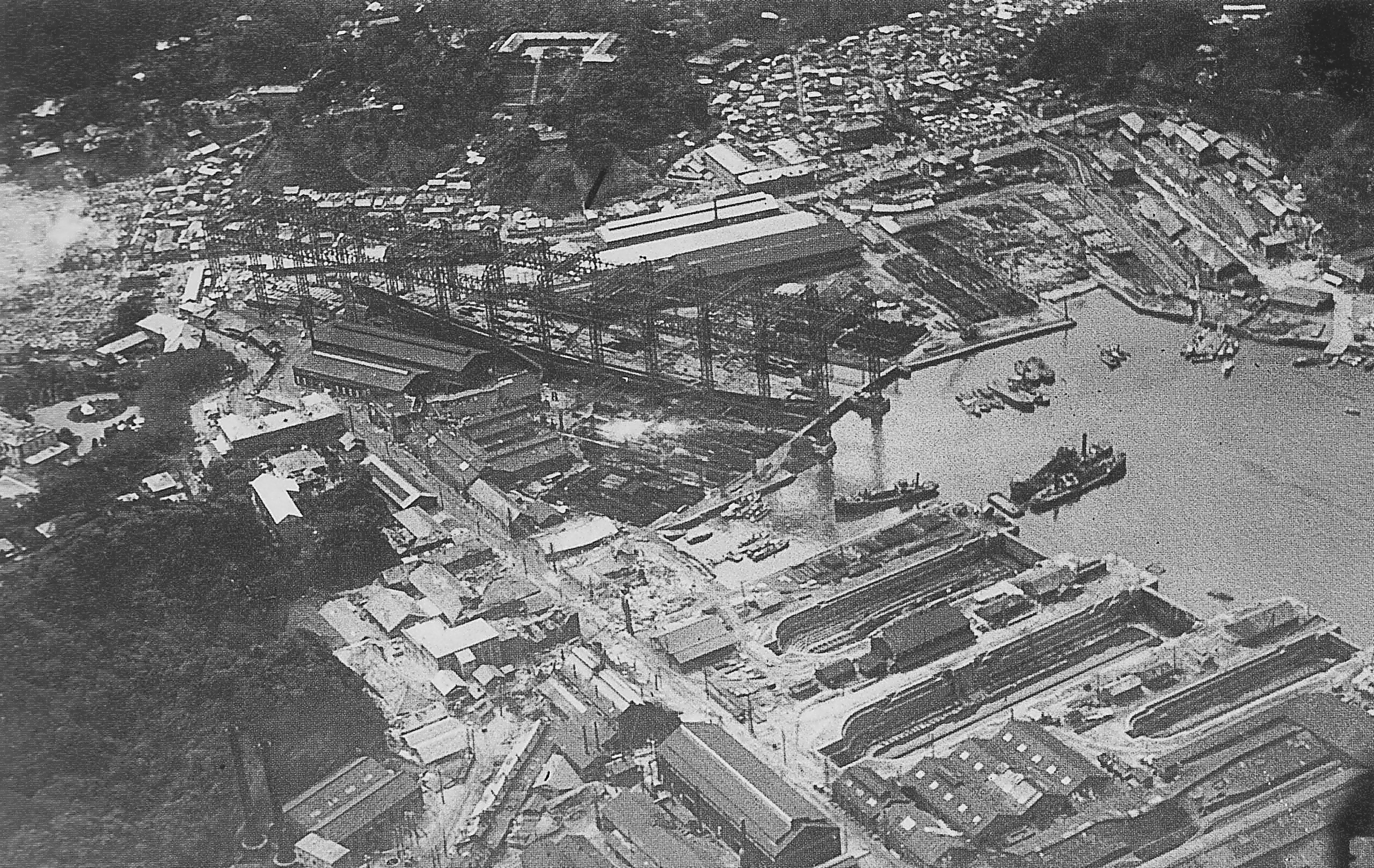|
Japanese Corvette Seiki
was a screw sloop in the early Imperial Japanese Navy, and was the first vessel built by the Yokosuka Naval Arsenal after its acquisition by the Meiji government. It was one of the first domestically-produced warships in Japan. Background ''Seiki'' was designed as a wooden-hulled three-masted bark-rigged sloop with a coal-fired triple-expansion reciprocating steam engine with three cylinders and two cylindrical boilers driving a single screw.Chesneau, ''All the World’s Fighting Ships'', p. 232. Her hull was made largely of native keyaki wood. She was laid down at Yokosuka Naval Arsenal on 20 June 1873 under the direction of Léonce Verny, a French naval engineer initially hired by the Tokugawa shogunate, who stayed on as a foreign advisor to the early Meiji government as chief administrator and constructor of the Yokosuka Naval Arsenal. She was launched on 5 May 1875, with Emperor Meiji personally attending the launching ceremony. She was commissioned into the Imperial ... [...More Info...] [...Related Items...] OR: [Wikipedia] [Google] [Baidu] |
Yokosuka Naval Arsenal
was one of four principal naval shipyards owned and operated by the Imperial Japanese Navy, and was located at Yokosuka, Kanagawa prefecture on Tokyo Bay, south of Yokohama. History In 1866, the Tokugawa shogunate government established the ''Yokosuka Seisakusho'', a military arsenal and naval base, with the help of foreign engineers, including the French naval architect Léonce Verny. The new facility was intended to produce modern, western-style warships and equipment for the Tokugawa navy. The construction of the arsenal was an important first step for the modernization of Japan's industry. Modern buildings, an aqueduct, foundry, brick factories, technical schools to train Japanese technicians were established. After the Boshin War and the Meiji Restoration, the new Meiji government took over control of the facility in 1871, renaming it the ''Yokosuka Zosenjo'' (Yokosuka Shipyards). The first dry dock was opened in 1871, and is still in operation today. Japan's first d ... [...More Info...] [...Related Items...] OR: [Wikipedia] [Google] [Baidu] |
Foreign Government Advisors In Meiji Japan
The foreign employees in Meiji Japan, known in Japanese as ''O-yatoi Gaikokujin'' (Kyūjitai: , Shinjitai: , "hired foreigners"), were hired by the Japanese government and municipalities for their specialized knowledge and skill to assist in the modernization of the Meiji period. The term came from ''Yatoi'' (a person hired temporarily, a day laborer), was politely applied for hired foreigner as ''O-yatoi gaikokujin''. The total number is over 2,000, probably reaches 3,000 (with thousands more in the private sector). Until 1899, more than 800 hired foreign experts continued to be employed by the government, and many others were employed privately. Their occupation varied, ranging from high salaried government advisors, college professors and instructor, to ordinary salaried technicians. Along the process of the opening of the country, the Tokugawa Shogunate government first hired, German diplomat Philipp Franz von Siebold as diplomatic advisor, Dutch naval engineer Hendrik Harde ... [...More Info...] [...Related Items...] OR: [Wikipedia] [Google] [Baidu] |
Three-masted Ships
A full-rigged ship or fully rigged ship is a sailing vessel's sail plan with three or more masts, all of them square-rigged. A full-rigged ship is said to have a ship rig or be ship-rigged. Such vessels also have each mast stepped in three segments: lower mast, top mast, and topgallant mast. Other large, multi-masted sailing vessels may be regarded as ships while lacking one of the elements of a full-rigged ship, e.g. having one or more masts support only a fore-and-aft sail or having a mast that only has two segments. Masts The masts of a full-rigged ship, from bow to stern, are: * Foremast, which is the second tallest mast * Mainmast, the tallest * Mizzenmast, the third tallest * Jiggermast, which may not be present but will be fourth tallest if so If the masts are of wood, each mast is in three or more pieces. They are (in order, from bottom up): * The lowest piece is called the ''mast'' or the ''lower''. * Topmast * Topgallant mast * Royal mast, if fitted On steel-mas ... [...More Info...] [...Related Items...] OR: [Wikipedia] [Google] [Baidu] |
1875 Ships
Events January–March * January 1 – The Midland Railway of England abolishes the Second Class passenger category, leaving First Class and Third Class. Other British railway companies follow Midland's lead during the rest of the year (Third Class is renamed Second Class in 1956). * January 5 – The Palais Garnier, one of the most famous opera houses in the world, is inaugurated in Paris. * January 12 – Guangxu Emperor, Guangxu becomes the 11th Qing Dynasty Emperor of China at the age of 3, in succession to his cousin. * January 14 – The newly proclaimed King Alfonso XII of Spain (Queen Isabella II's son) arrives in Spain to restore the monarchy during the Third Carlist War. * February 3 – Third Carlist War – Battle of Lácar: Carlist commander Torcuato Mendiri, Torcuato Mendíri secures a brilliant victory, when he surprises and routs a Government force under General Enrique Bargés at Lácar, east of Estella, nearly capturing newly cr ... [...More Info...] [...Related Items...] OR: [Wikipedia] [Google] [Baidu] |



